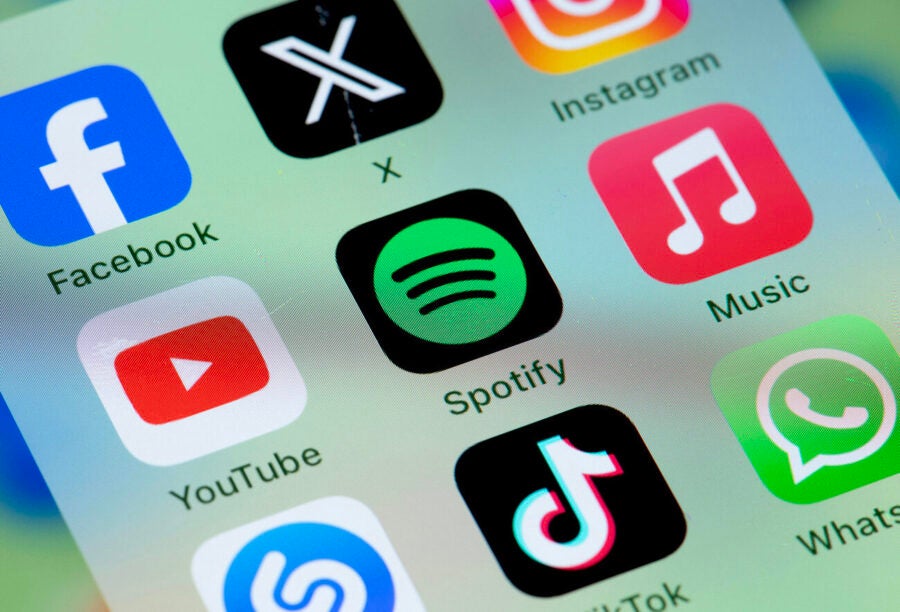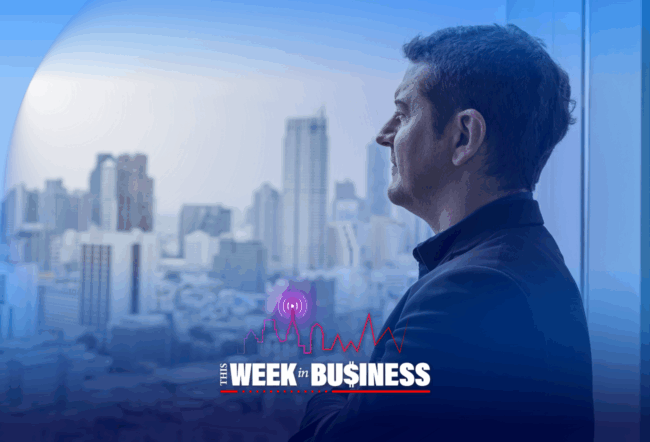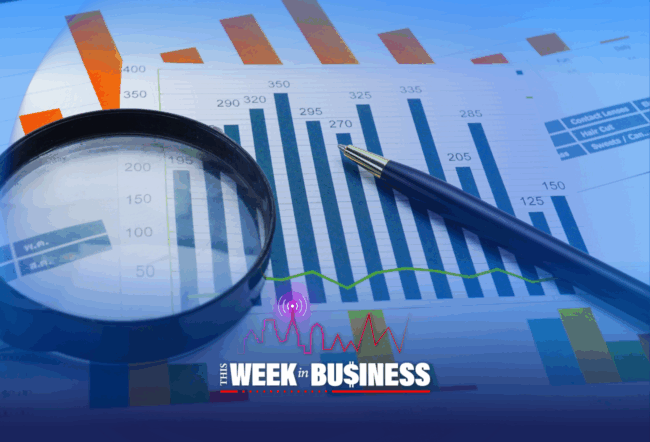In 2017, Taylor Swift made headlines by returning her music to Spotify on the same day Katy Perry released her new album. What looked like a classic case of pop-star rivalry may have had an unexpected outcome: Swift’s decision may have actually boosted Perry’s album instead of overshadowing it.
New research from Wharton assistant management professor Manav Raj suggests that on digital platforms like Spotify, positioning yourself near a competitor can often be more beneficial than harmful. And this doesn’t just apply to pop stars; Raj’s research suggests that businesses may benefit by positioning themselves alongside competitors who are already attracting high levels of demand on platforms like Amazon or GrubHub as well.
His study examined data from almost 10,000 artists on Spotify between March 2016 and September 2019, showing that when a popular artist releases new music, it often brings attention to related artists, too. This “spillover effect” is especially prevalent on platforms that make it easy for users to explore new content.
How Listeners ‘Spillover’ from Popular Artists on Spotify
“While these artists or businesses are technically competing, they’re also benefiting from the platform’s ability to bring more eyes to their work,” Raj said. “In essence, the more users come to a platform for a particular artist or product, the more opportunities there are for others to be discovered.”
Whether this relationship leans more toward competition or cooperation depends on a few factors, Raj added. The key lies in whether the benefits of sharing customers outweigh the downsides of direct competition. When a popular artist or business grabs attention, it can drive overall traffic to the platform, benefiting those positioned nearby. On the flip side, less popular acts may be less likely to attract consumers to the platform and, therefore, less likely to benefit their peers.
Raj’s research digs into the specifics of these “demand spillovers,” showing that they’re more pronounced when Spotify directs listeners from an artist releasing an album to a related artist. Platforms like Spotify use algorithms to recommend similar artists, so when a big star like Swift releases music, lesser-known artists can benefit from being introduced to new listeners through these recommendations.
“Artists do best when they release albums alongside buzz-worthy, high-demand acts,” Raj said. “But they can miss out if they launch their music alongside artists that attract less attention.”
“Artists do best when they release albums alongside buzz-worthy, high-demand acts.”— Manav Raj
Lessons for Businesses on Netflix, YouTube, or Amazon
The same concept applies beyond music to digital platforms like Netflix, YouTube, or even Amazon, he said. Businesses operating on these platforms often see their success influenced by how much attention their competitors are drawing. “If a company times its product launch with a popular brand, it can catch the spillover and reach a much bigger audience,” the professor added.
Raj’s research offers valuable lessons for businesses that compete on digital platforms, particularly those that encourage variety-seeking behavior, such as Netflix or YouTube. In these environments, it’s common for users to hop from one piece of content to another, leading to natural spillovers between competitors.
For newer or smaller businesses, he said aligning themselves with more established competitors can be a smart strategy. “By making products similar to top competitors or positioning themselves near popular offerings, businesses can grab more attention—especially from consumers who might not have noticed them otherwise.”
How Spotify Algorithms Shape Competition
The research also sheds light on how digital platforms like Spotify shape competition; tools like recommendations play a big role in guiding consumers toward complementary products or services.
These platforms also break down geographic barriers, the paper noted, giving businesses access to new audiences they couldn’t reach through traditional brick-and-mortar retail. They connect companies offering complementary products or services directly with users, and the more options a platform has, the more attractive it becomes.
When it comes to Spotify, Swift’s 2017 return ended up driving more listeners to the platform. Many of those listeners likely discovered Perry’s new album, thanks to Spotify’s recommendation algorithms, which ultimately boosted both artists.
Swift and Perry’s 2017 face-off highlights an important takeaway for businesses in the digital age today: Sometimes, being close to a strong competitor can actually work in your favor. Whether you’re a global pop sensation or a small business, your competitor’s success could end up benefiting you, too.



